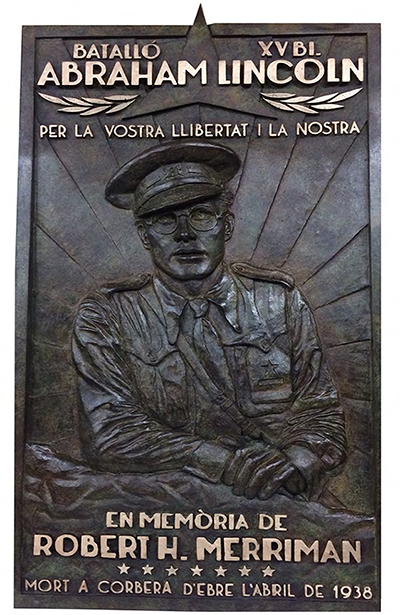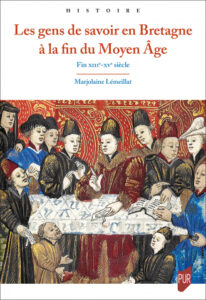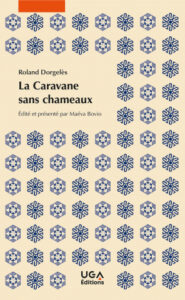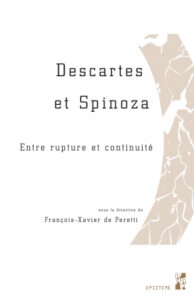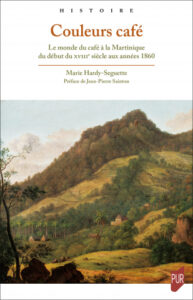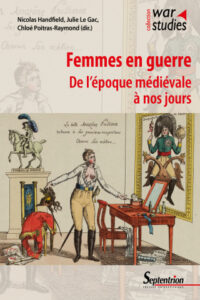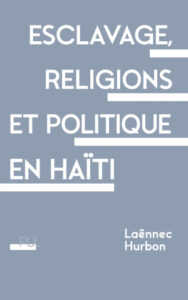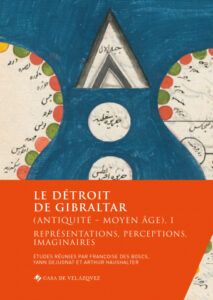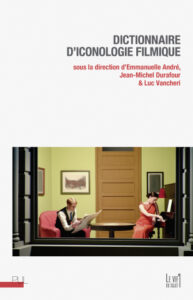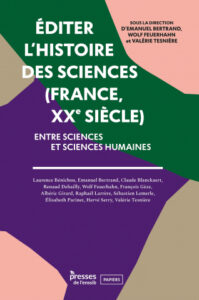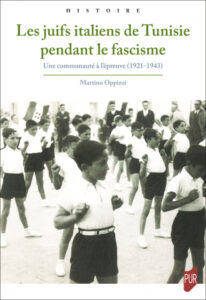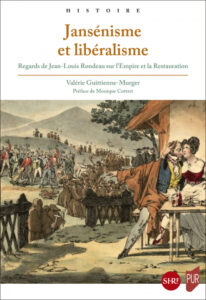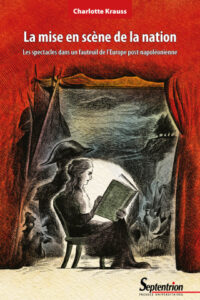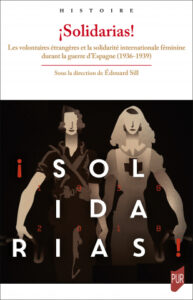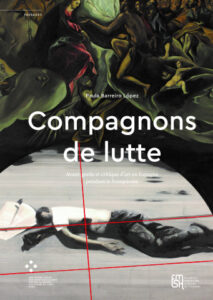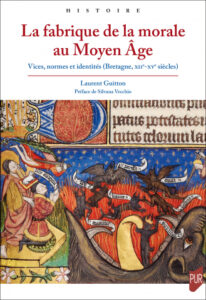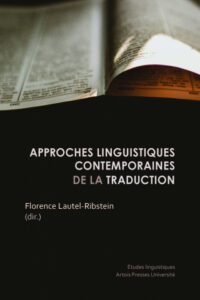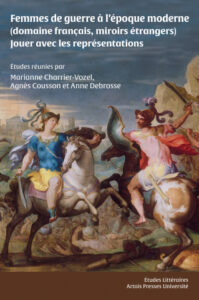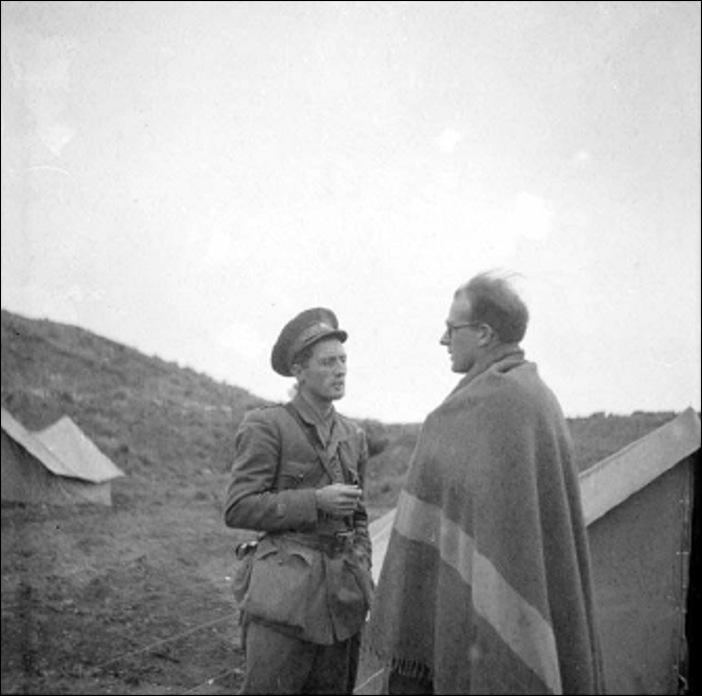
Please join us in celebrating the memory of the UC Berkeley graduate student in economics, who gave his life fighting fascism in Spain as a member of the Abraham Lincoln Brigade.
Remembering Robert H. Merriman (1908-1938):
From Berkeley to the Trenches of the Spanish Civil War
Tuesday, October 3, 2023
6:00 PM – 7:00 PM Pacific (PST)
Online event (registration required)
The University of Barcelona’s DIDPATRI research group has offered UCB a second casting of the commemorative plaque that stands today in the village where it is believed that Merriman was held and then executed by the fascists. We are launching a fundraiser to cover the costs of its installation at the center of campus near Memorial Glade, which honors UC Berkeley veterans of World War II.
This memorial will contribute to the educational mission of the University as a readily accessible stop for campus tours, as well as a relatable point of reference for interdisciplinary classes touching on twentieth century history. Its location near The Bancroft Library, where the Bay Area Veterans of the Abraham Lincoln Brigade Post Records are archived, will also call attention to the research opportunities available there. These records were donated by Merriman’s widow, Marion Merriman Wachtel, who accompanied him in Spain where she was also a member of the Abraham Lincoln Brigade.
Project sponsored by the Department of Spanish & Portuguese at UC Berkeley.
For more information or to make a donation, please visit ucblib.link/robert-merriman.
